INDIAN ARMED FORCES CHIEFS ON
OUR RELENTLESS AND FOCUSED PUBLISHING EFFORTS

SP Guide Publications puts forth a well compiled articulation of issues, pursuits and accomplishments of the Indian Army, over the years

I am confident that SP Guide Publications would continue to inform, inspire and influence.

My compliments to SP Guide Publications for informative and credible reportage on contemporary aerospace issues over the past six decades.
Old Rivals, New Theatre
Exploring the Enduring Rivalry Between US and Russia Across Ages
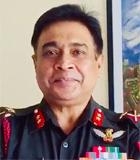 |
The Author is former Chief of Staff of a frontline Corps in the North East and a former helicopter pilot. He earlier headed the China & neighbourhood desk at the Defence Intelligence Agency. He retired in July 2020 and held the appointment of Addl DG Information Systems at Army HQ. |
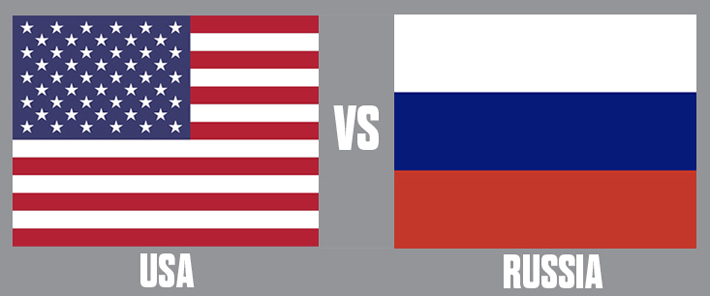
As the 1939-45 World War II, a six years long conflict that pitted the Axis powers Germany, Italy and Japan against the Allied forces was drawing to a close, a new rivalry developed between the United States and the Soviet Union and their respective allies. The Cold War was waged on political, economic, and propaganda fronts and had only limited recourse to weapons initially.
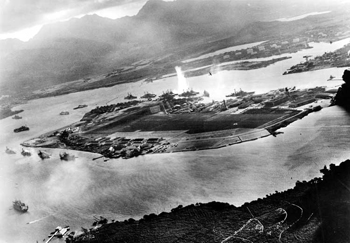
It is useful to take a long perspective for a more objective view of the developments spanning over eight decades starting December 1941 Pearl Harbor bombing that forced the Americans to join the conflict. The allies that had the Soviets and the US on the same side fighting Nazism and fascism soon fell out over treatment of occupied Germany and the composition of the Polish government. The Wall came up in Berlin and Germany got divided. Mutual suspicion and ideological differences solidified the division of Europe and much of the world into two blocs. The Cold War became universalised, institutionalised, and militarised. It created allies out of former foes and foes out of former allies. Former Axis powers Germany and Italy came under the US-led NATO umbrella while Japan became protected under a security pact.
The Emergence of Cold War Rivalry
On the other side, former allied power Soviet Russia which lost over 20 million lives in WW II fighting Nazism veered off to form Warsaw Pact to secure its west. One must remember the huge costs the former Soviet Russia paid in WW II due to the vulnerabilities on its west to understand why it has been sensitive to NATO expansion to its borders and its invasion of Ukraine in February 2022 despite publicly declaring its red lines umpteen times.
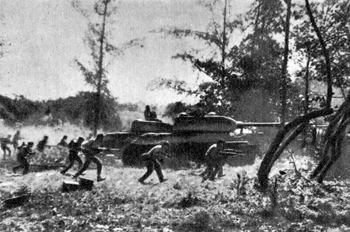
Between 1945 and 1990, the US -Soviet rivalry played out in many different theatres, sometime sequentially, sometimes simultaneously. There were ideological wars in Latin America and Africa that saw many Soviet supported revolutions and US sponsored counter coups. Cuba was at the forefronts in Latin America till the Bay of Pigs incident and missile crisis boiled over in 1962. It remains America's Achilles Heel. Angola and Mozambique in Africa were captured by pro-Soviet regimes to the chagrin of the West. But the most spectacular and staggering theatre was Vietnam.
The Vietnamese War was basically a conflict between Communist and Socialist/Capitalist leaders of the World. After Ho Chi Minh's communist forces took power in the north, armed conflict between northern and southern armies continued until the northern Viet Minh's decisive victory in the Battle of Dien Bien Phu in May 1954. The French loss at the battle ended almost a century of French colonial rule in Indochina. Then began the active US involvement in the war driven by the 'Domino Theory' according to which if one Southeast Asian Country adopted communism several others would follow.
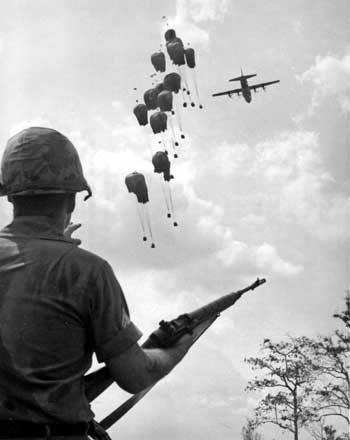
More than 3 million people (including over 58,000 Americans) were killed in the Vietnam War. In the United States, the effects of the Vietnam War would linger long after the last troops returned home in 1973. The nation spent more than $120 billion on the conflict in Vietnam from 1965-73; this massive spending led to widespread inflation, exacerbated by a worldwide oil crisis in 1973 and skyrocketing fuel prices. On April 30, 1975, the last remaining Americans fled in helicopters from atop the US embassy in Saigon.
Afghanistan emerged as the next theatre of US-Soviet rivalry as a period of instability in the seventies led to Soviet intervention on December 25, 1979, fearing the rise of Islamic fundamentalism in its backyard. This forced millions of Afghans into neighbouring Pakistan and the rise of the Mujaheddin, trained and funded by the CIA that finally led to the Soviet withdrawal in 1988. The Taliban took over Kabul in 1996. Saudi-born Al-Qaida leader Osama bin Laden soon set base in Afghanistan after being expelled from Sudan, and eventually the 9/11 attack on the twin towers forced the US into another cycle of bloody invasions on October 7, 2001. This Afghanistan occupation lasted till another Vietnam style humiliating evacuation of Kabul by the US on August 15, 2021 brought back the Taliban.
The collapse of Soviet Union in 1991 did lead to a period of détente with the US holding sway as the unchallenged hegemon on the planet. The NATO led intervention to break-up former Yugoslavia in 1998 went unchallenged but not forgotten. Russia even became a member of the G7 grouping making it a G8 in 1997 till its suspension in 2014 after it annexed Crimea in order to protect its Black Sea fleet in the aftermath of a US sponsored overthrow of the Russian leaning Ukrainian President Yanukovych. Since February 2014, Ukraine has remained the primary theatre of US-Russia proxy war, flaring up after the 'special military operation' launched by Russia in February last year.
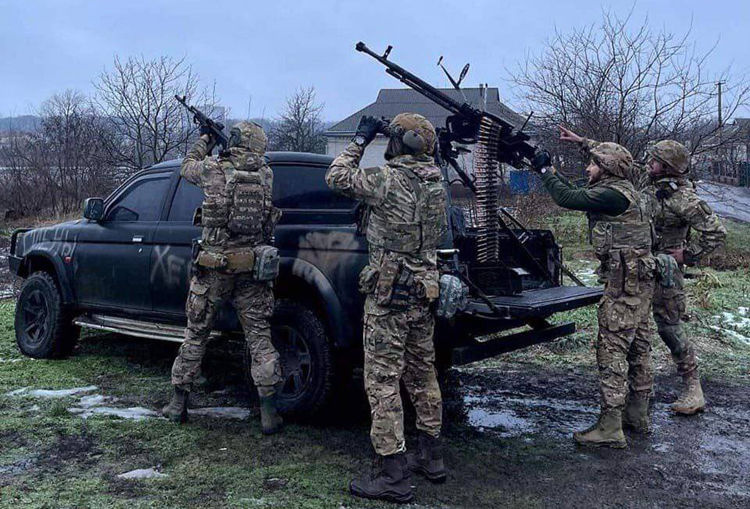
But the war is Ukraine has now reached a near stalemate with the much anticipated and hyped counteroffensive by Kiev going nowhere and the EU reeling under crippling double-digit inflation due to escalation in energy prices. De-industrialisation and recession have already set in, though with varying impact across the member states. Of course, there is still overt but largely unreasonable and unsubstantiated optimism in the US led NATO bureaucracy about an eventual victory over Russia.
Emerging New Theatres
A new theatre is slowly getting primed for another bout of US-Russia rivalry. A series of coups in Mali, Burkina Faso, Guinea and now Niger has seen pro-West governments being overthrown by nationalist military leaders who promise to secure the rich strategic resources of their countries like gold, uranium, cobalt and oil for their own people. A part of West Africa is rising in defiance. They know the cost involved; they also know that the henchmen of France and West would come down hard at them.
Che Guevera, the iconic Cuban revolutionary is the new flavour in Sahel, with Russian flags waving in the background. The Wagner Group is lurking around, being actively sought by the coup leaders in their efforts to pushback against the exploitative arrangements forced on them by France in the sixties and by the US corporates that followed suit later. Since the 1960s, France has invaded Africa 50 times to keep itself in control, much to Africa's sorrow. This time, the West is using ECOWAS to threaten miliary intervention in Niger. That may just escalate the old rivalry, albeit in a new theatre.





